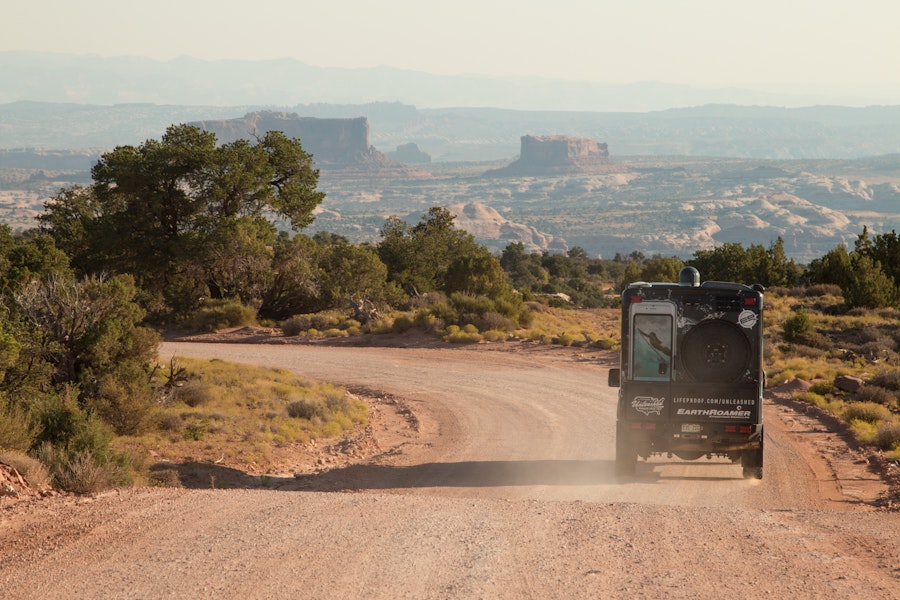How to Plan a Spontaneous U.S. Road Trip - On the Cheap
No reservations? No problem.

Everybody loves the thought of making like Jack Kerouac and hitting the open road – but have you ever tried to do it without a reservation?
Competition for campsites is fierce in many of the more popular spots throughout the U.S. (think National Parks), especially from May to September, when showing up without a reservation is basically the equivalent of heading into the desert with a single jug of water and a dream. Even first-come, first-served campgrounds tend to fill up fast leaving panicked road trippers scurrying for a spot to spend the night.
Don't be that guy.
Below we've included a few tricks that we swear by, whether you're an intrepid traveler who's in it for the long haul or consider yourself more the weekend warrior type. Please keep in mind that many of these tips do not guarantee you'll find a spot. Rather, these are meant to strengthen your chances of finding a campsite on the fly and are by no means a replacement for proper planning.

Arrive as early as possible.
At first-come, first-served campgrounds, campers are typically required to re-reserve or vacate a spot by noontime (though this time can vary from place to place). This means that there's often a lot of turnover in the mornings, typically after campers finish up their breakfast and before they head out for a hike or some sight-seeing.
If you've got a long haul ahead of you and you're planning to arrive earlier in the day, try your hardest to use mid-week and off-season dates to your advantage.

Be ready to settle at any campground.
We get it - most people want to be in the best camp spots with the most space and the grandest views, but when you're taking a spontaneous detour or planning your trip on the fly, sometimes you have to take what you can get. The campground might be farther away than you'd have hoped or it may be primitive (read: no flushing toilets).
Whatever the case, be flexible with whatever's available and it'll help land a camp site STAT.

Use apps and websites to find places few others have heard about.
One of our favorites is freecampsites.net. It's easy to use: Just use your smart phone's GPS to find camping near you or plug in specific locations to plan out your route. Sometimes you stumble upon really incredible spots, other times they’re patches of gravel on the side of the road. Either way, they’re free and close to where you want to be.

Consider BLM land to be your best friend.
BLM land, also known as land managed by the Bureau of Land Management, was a major help to us on our most recent road trip. Not only is this considered the American people's land (meaning we can hike, camp and enjoy it for free), but the camp sites offer some of the most magnificent experiences in the wild.
Here's a handy map to show you where you can find BLM land. Unfortunately for us East Coasters and all you Mid-westerners out there, there is little to no BLM land in our neck of the woods. Instead, we recommend taking advantage of U.S. Forest Land, which will typically have pull-offs or backroads where you can spend the night discreetly.

If all else fails, pull off on the side of the road.
It may not be quiet and it may not offer the best morning views, but as long as you're safe and not going to catch hypothermia, we call that a win.
Just remember to plan next time, okay?
We want to acknowledge and thank the past, present, and future generations of all Native Nations and Indigenous Peoples whose ancestral lands we travel, explore, and play on. Always practice Leave No Trace ethics on your adventures and follow local regulations. Please explore responsibly!
Do you love the outdoors?
Yep, us too. That's why we send you the best local adventures, stories, and expert advice, right to your inbox.







